6 Acres / Résidence Imrie
Edmonton
AB
Award Category:
Prix du XXe Siècle
Wallbridge and Imrie
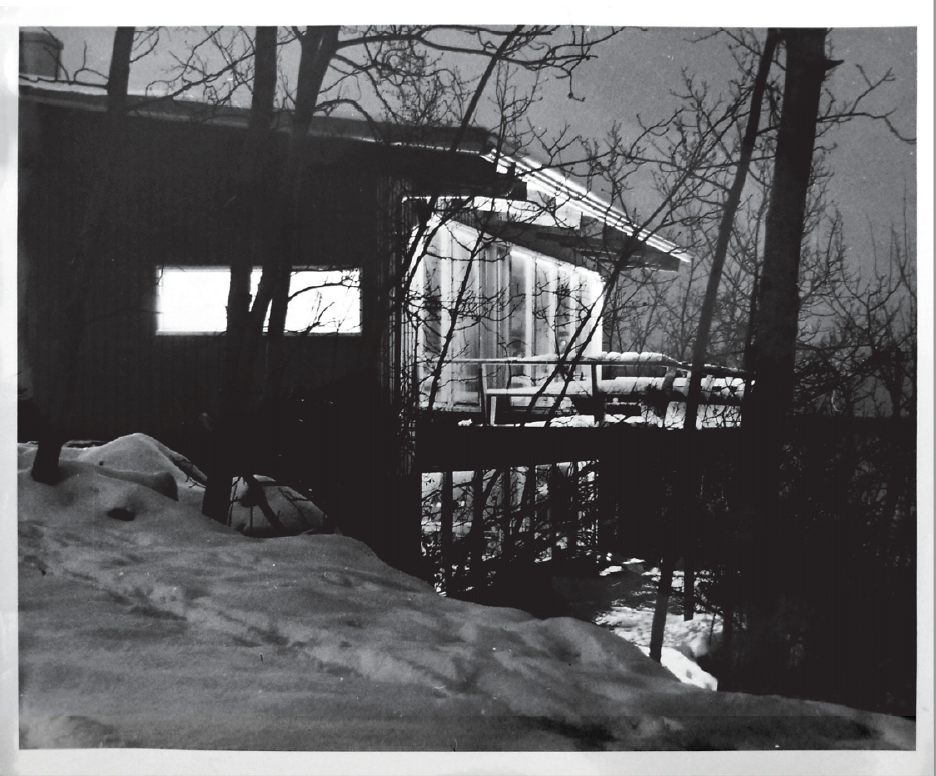
Text by Dr. Inderbir Singh Riar, BA, M.Arch, PhD, Prix du XXe siècle expert panel member
The architects Jean Louise Emberley Wallbridge (1912-1979) and Mary Louise Imrie (1918-1988) realized their Six Acres house and office in Edmonton in 1958. The work remains an important instance of Canadian modernism that aims to engage nature, nurture domestic comfort, and support creative life. All three aspirations intertwine in the remarkably compact floor plan, enlivened by broad views over the North Saskatchewan River. A four-foot post-and-beam grid establishes an open plan, enriched by rubble stone walls. Exposed wood rafters frame clerestory strip windows and descend gently beyond expansive window planes. The light-filled and efficient parti situates Wallbridge and Imrie’s living quarters on the main floor and their office in the walk-out basement. In hands-on spirit, the architects themselves built significant portions of what was originally a weekend retreat and became their full-time place for living and working.
Wallbridge and Imrie’s consequent home-studio on the one hand granted independence in a male-dominated profession and on the other offered space in which to advance their careers on their own terms. They were among the first women to study architecture late in the 1930s, when Canadian schools embraced modernist principles and wartime labour shortages opened select opportunities for women in fields such as city planning. Wallbridge and Imrie found positions with the Edmonton Buildings Inspection Department. They requested leave in 1947 to visit reconstruction efforts in Britain, Poland, and Czechoslovakia. Their subsequent travelogue in the Journal of the Royal Canadian Institute of Architecture gave among the first detailed accounts of English New Towns, accompanied by praise of British architects’ ability to balance scientific and practical mindsets with attention to nature and history. Wallbridge and Imrie’s interest in the leading edge of modernism found them reporting in 1950 from Latin America—a fearless overland journey by station wagon from Edmonton to Buenos Aires and back—and later from Asia, after witnessing Kenzo Tange’s rebuilding of Hiroshima and Le Corbusier’s Chandigarh capital arising in postcolonial Punjab.
Exposure to heroic modernism did not define Six Acres. The house-studio’s limited size attests to Wallbridge and Imrie’s predilection for a quiet architecture in the context of a powerful landscape. Links between interior and exterior spaces arise from the architects’ shared love of the outdoors and passion for canoeing and camping—an embrace of ruggedness and independence very much in keeping with Imrie’s rejection of the wealthy station to which she was born. The resulting retreat to nature, a feeling amplified by the large site, also perhaps reflected Imrie and Wallbridge’s unique status as partners in both work and life during a more conservative though not entirely exclusionary era. They in fact attracted admirers and friends in business and professional circles, establishing their office in 1950 with commissions that included office buildings and apartments. Most of their projects, however, were private houses, characterized by tight plans and designed to maximize occupants’ access to scenic vistas. Success lay in the architects’ conscientiousness to making clients happy in their homes. Such commitment distinguishes Six Acres as an exemplary work of mid-century middle-class modernism. Not unlike the Case Study Houses in Los Angeles or Frank Lloyd Wright’s Usonian homes, it upholds modest means and honest materials as its moral credo.
Click for full version:





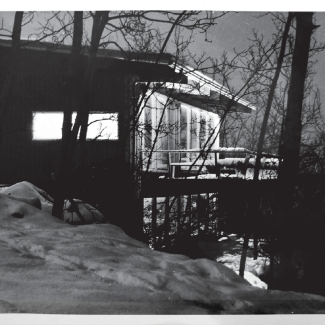
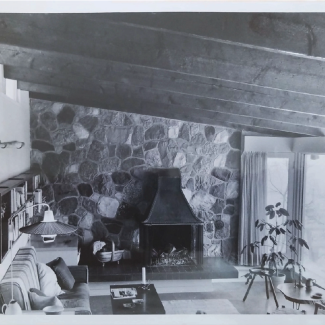
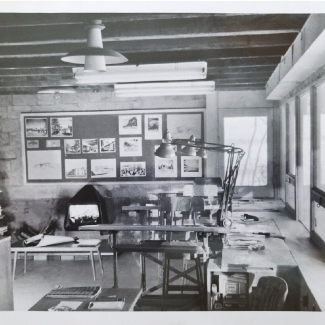

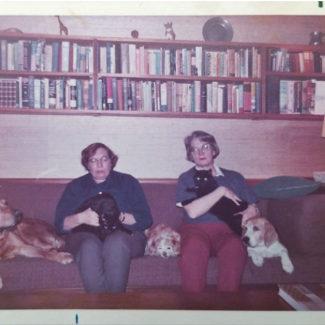
2025 Expert Panel